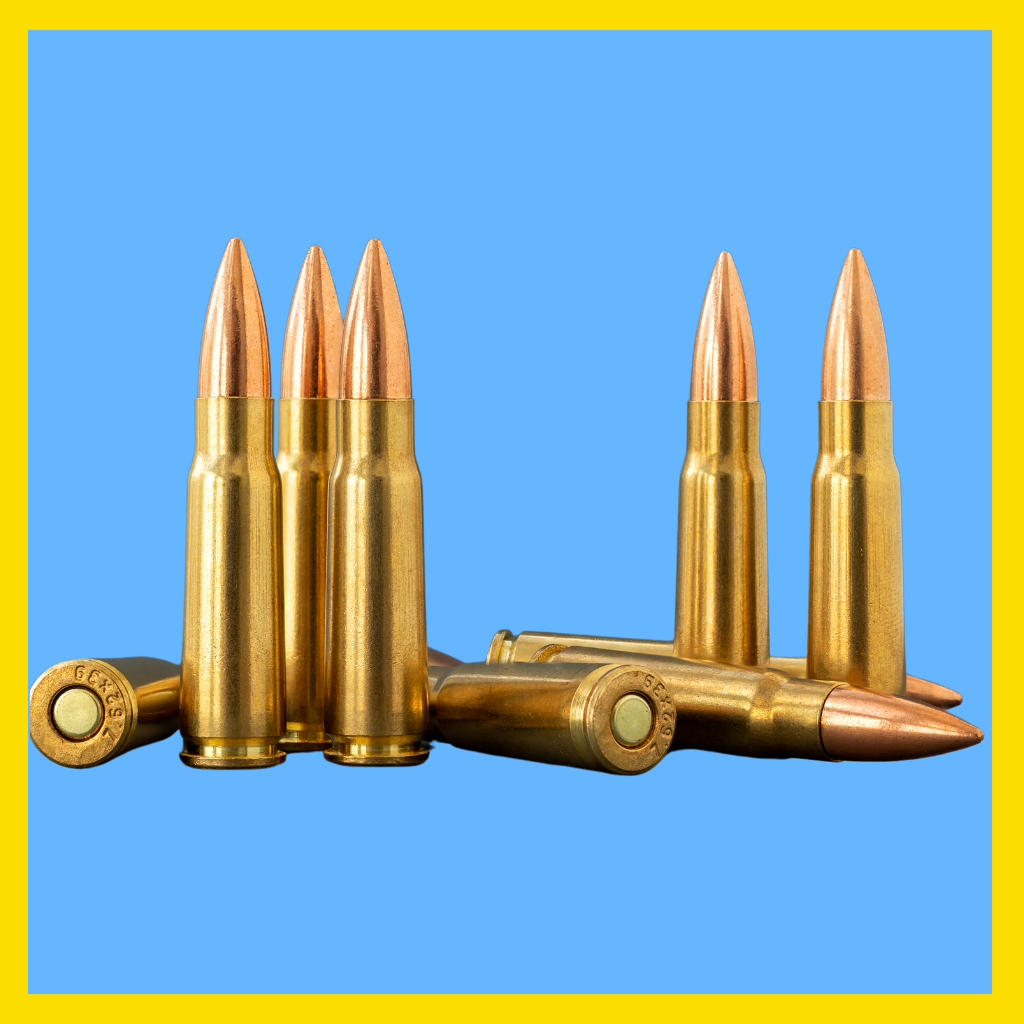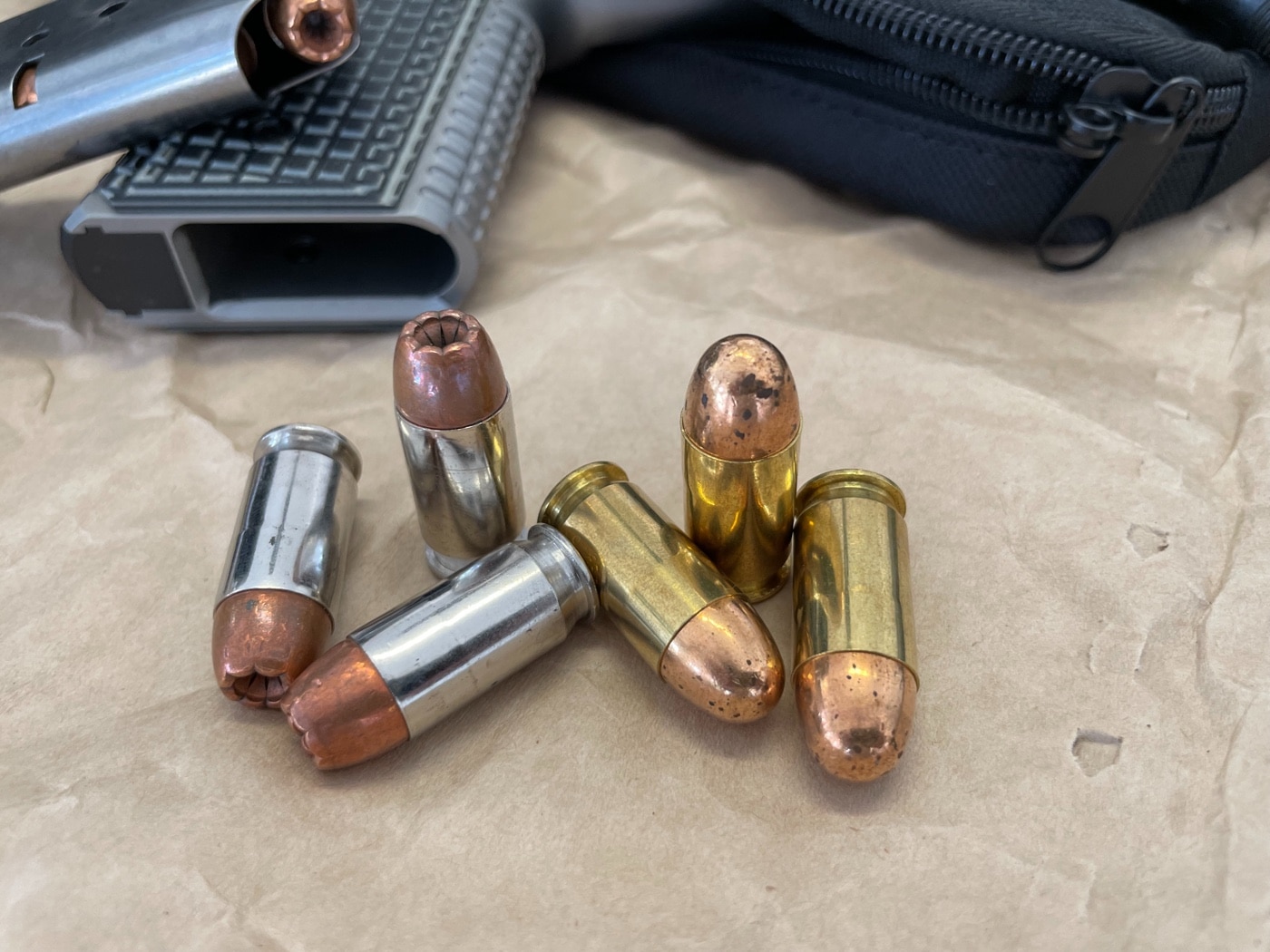The Greatest Guide To Ammunition Pro Llc
Table of ContentsThe 2-Minute Rule for Ammunition Pro LlcThings about Ammunition Pro LlcAmmunition Pro Llc Things To Know Before You BuyAmmunition Pro Llc for DummiesEverything about Ammunition Pro Llc
The fundamental components of ammunition are the same for rifle, handgun, and shotgun ammunition. Today we're looking at the what the basic parts of ammunition are and just how they function with each other to fire a round.The bullet is seated in the open end of the case. When you discharge a bullet out of a semi-auto gun, the weapon's extractor raises the situation from the firing chamber and it flies out of the gun.
A weapon's shooting pin strikes a cartridge's guide. The guide is a steel mug that holds an explosive chemical compound. When the shooting pin strikes the guide cap, it squashes the priming compound against the anvil. This produces a tiny explosion in the case that sparks the propellant. The primer lies in the edge of the case of a rimfire cartridge.
Get This Report about Ammunition Pro Llc
Gunpowder next to the situation that typically has it. It is normally a mix of saltpeter, charcoal, and sulfur.

We call the projectiles for shotshells, which we fire with shotguns, slugs and shot. Now that you have a standard understanding of the fundamental components of ammo, you can really feel a bit a lot more confident in how your gun and ammo function!.
Ammunition Pro Llc for Beginners
Stay on top of Special Deals, Development Notice of Sales, and Store Events
Fun reality: Grains are made use of to define the mass of a bullet due to the fact that completely back in the very early days of guns, it was an apothecary's device of measurement, and a common action was needed to figure out how much lead to utilize to make actors lead bullets (Ammo Retailer). 'Grains' as an unit of procedure for weight goes all the method back to ancient times, and stands for the weight of a grain of wheat

(https://www.threadless.com/@ammunitiondde/activity)For referral, the weight of a paper clip is around 16 gr. So, we understand that grains are a step of mass, and extra = heavier, and heavy is good, appropriate? Yes, heavy is good, yet mass of the projectile isn't the only point you need to think about when picking a round for your weapon.
Our Ammunition Pro Llc Statements
Enjoyable fact, this is the origin of the term "Rifle" ex-spouse. The effect this spin has on projectiles is a stabilizing one the bullet turning maintains the nose directed directly, in the very same way that a perfectly spiraled football toss is going to be much extra secure and precise in trip than an unsightly duck, end over end toss.
How does this connect to grain weight? Imagine you get on one of those play area slide carousels, the ones with bars you hang on to while it rotates. Or a circus ride where you're strapped to a board, encountering inwards, which revolves really quickly. When it's rotating slowly, you do not feel much, and it's very easy to hold on.
Or when it comes to the carnival experience, you start to really feel larger. The more mass you have (weight), the extra you will feel this result. The very same impact occurs with bullets. The heavier the projectile, the more impact a quicker rotate will have on it. This is why you have a tendency to see slower twist prices for heavier, slower projectiles, and quicker twist rates for lighter, greater speed projectiles.
The Basic Principles Of Ammunition Pro Llc
There's one more variable that we have to take into consideration when picking a grain weight for our ammunition. As meant above, bullet rate, or the rate of the projectile, is a significant aspect when figuring out the ideal grain weight projectile to utilize. Rate is influenced by a few major factors, consisting of the kind and quantity of propellant (gunpowder), barrel size, and bullet weight.

One of the most typical grain weight rounds for 9x19mm cartridges are 115gr and 124gr. These are commonly lead core, fully jacketed (FMJ) rounds. Both of these grain weight cartridges will perform well in factory 9mm hand guns, to typical handgun ranges (as much as 50 backyards). 115 grain rounds are one of the most common (and therefore least costly).